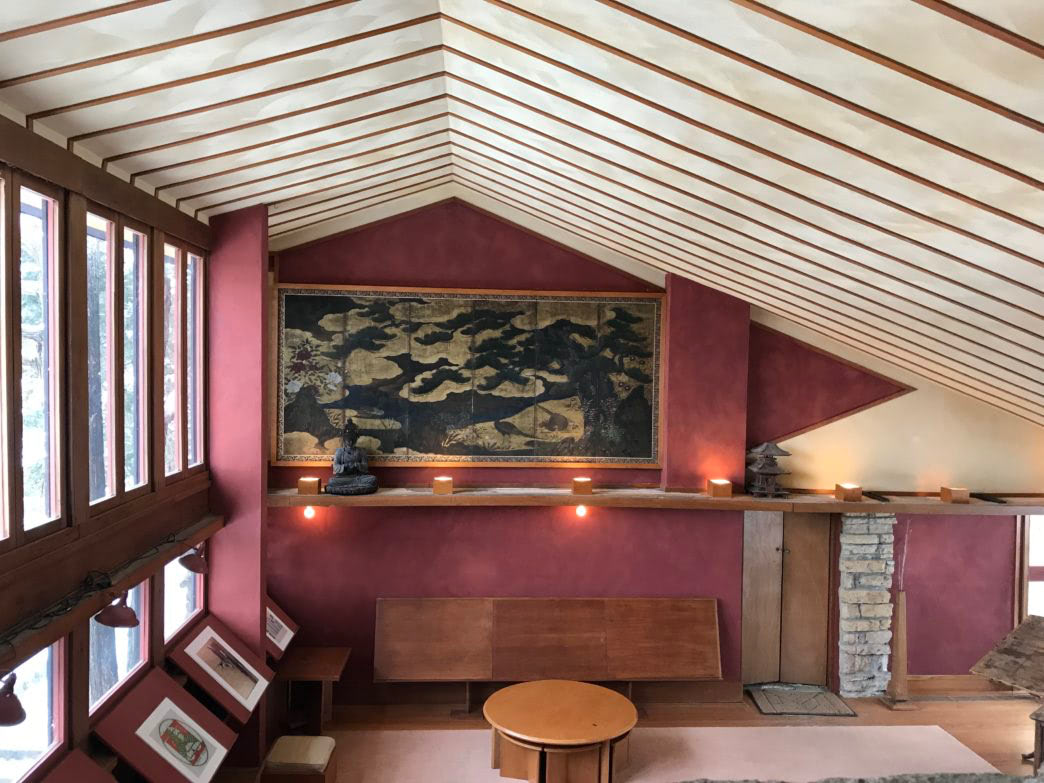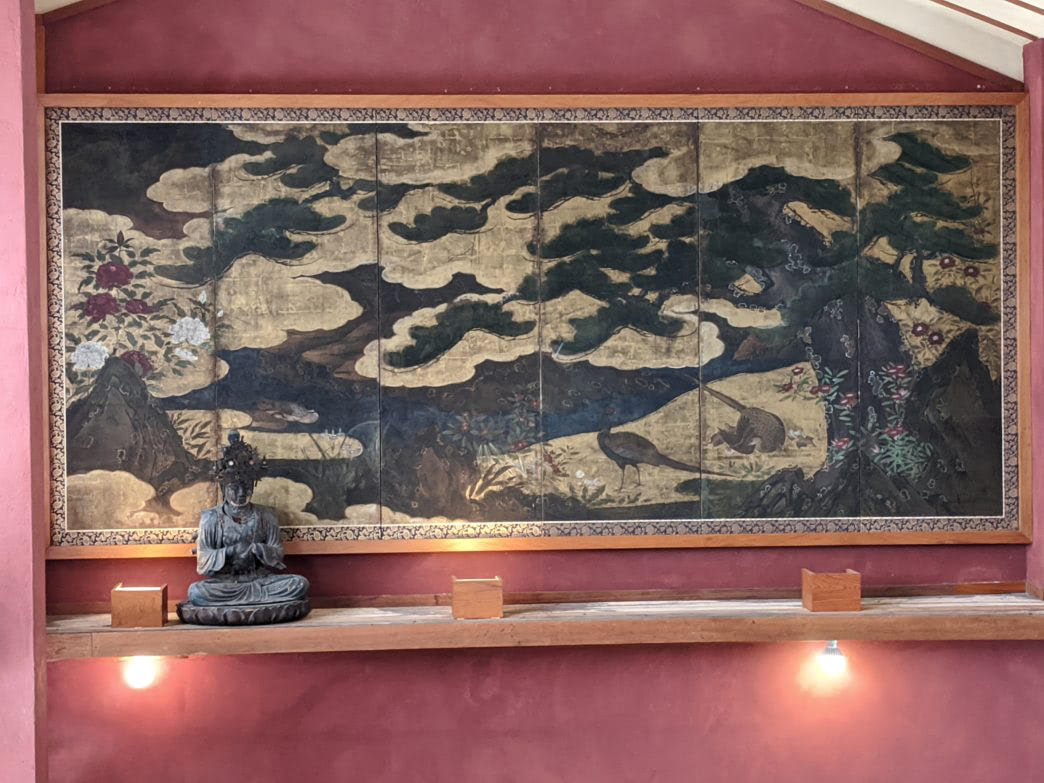The Challenge
- To protect the light sensitive works from dust, and fading and degrading due to incoming ultra violet light.
- Large art work makes use of glass prohibitively heavy.
- Dimensions of work exceed maximum sheet size of anti-static acrylic glazing available.
The Solution
Seamed Optium Museum Acrylic®
Shatter resistant
Safeguards against injury and damage to artwork and visitors. This product is ideal for valuable works, high traffic areas, and public event spaces.
Lightweight
Acrylic is half the weight of glass; Ideal for large, heavy projects.
Anti-static protection exceeds that of glass
Immediately eliminates static charge. Makes for safer, easier framing and less cleaning.
Abrasion resistant
A durable hard coat protects against scratches from cleaning and general exposure to the public.
Anti-reflective
Allows viewers to see the screen without distracting reflections.
99% UV blocking
Protects the painting from the most damaging light wavelengths, helping prevent fading and degradation.
Seamed Optium Museum Acrylic®
SmallCorp seamed two sheets of Optium Museum Acrylic together. Allows for the large screen to be glazed and protected from UV light penetration and dust.
The Work
Following its conservation in 2018 with updated framing and new glazing, the Japanese screen “Pine Tree with Pheasants and Ducks” returned to Frank Lloyd Wright’s Drafting Studio at Taliesin in Spring Green, Wisconsin. A National Historic Landmark that was once Wright’s home and architectural studio, Taliesin houses an extensive collection of works that he purchased throughout his life.
Of the dozens of screens in the collection, “Pine Tree with Pheasants and Ducks” is one of six in the Kano School tradition in the Wright collection, most of which date to the 17thcentury Japan (Edo period 1603-1868).
More Info
“Frank Lloyd Wright’s knowledge of and appreciation for Japanese culture and art are well known. He was a prolific collector of woodblock prints, screens, scrolls, ceramics and sculpture throughout his life, filling the living spaces and the vault at Taliesin with wonderful treasures,”
Director and Curator of Collections Margo Stipe
- Read our QuickVue article on this project.
- Click here to view video of installation.
- For more information about the project.
- SmallCorp has shipped panels of seamed Optium Museum Acrylic® across the globe.

